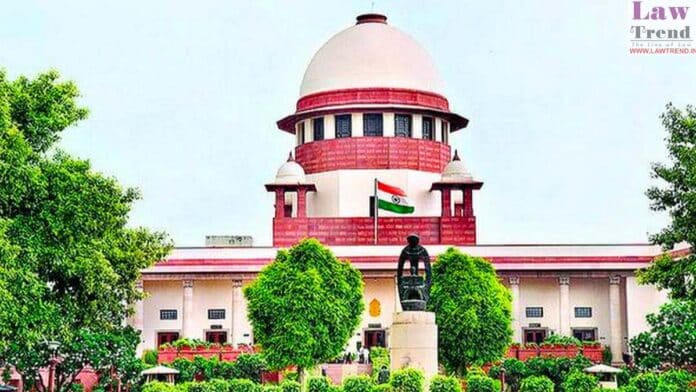In a judgment delivered on 30 April 2025, the Supreme Court of India acquitted two men previously convicted of abduction and rape, stating that the prosecution’s narrative was “full of holes” and did not inspire confidence. The Court found significant inconsistencies in the testimonies of the alleged victims and a lack of corroborative evidence, holding
To Read More Please Subscribe to VIP Membership for Unlimited Access to All the Articles, Download Available Copies of Judgments/Order, Acess to Central/State Bare Acts, Advertisement Free Content, Access to More than 4000 Legal Drafts( Readymade Editable Formats of Suits, Petitions, Writs, Legal Notices, Divorce Petitions, 138 Notices, Bail Applications etc.) in Hindi and English.




